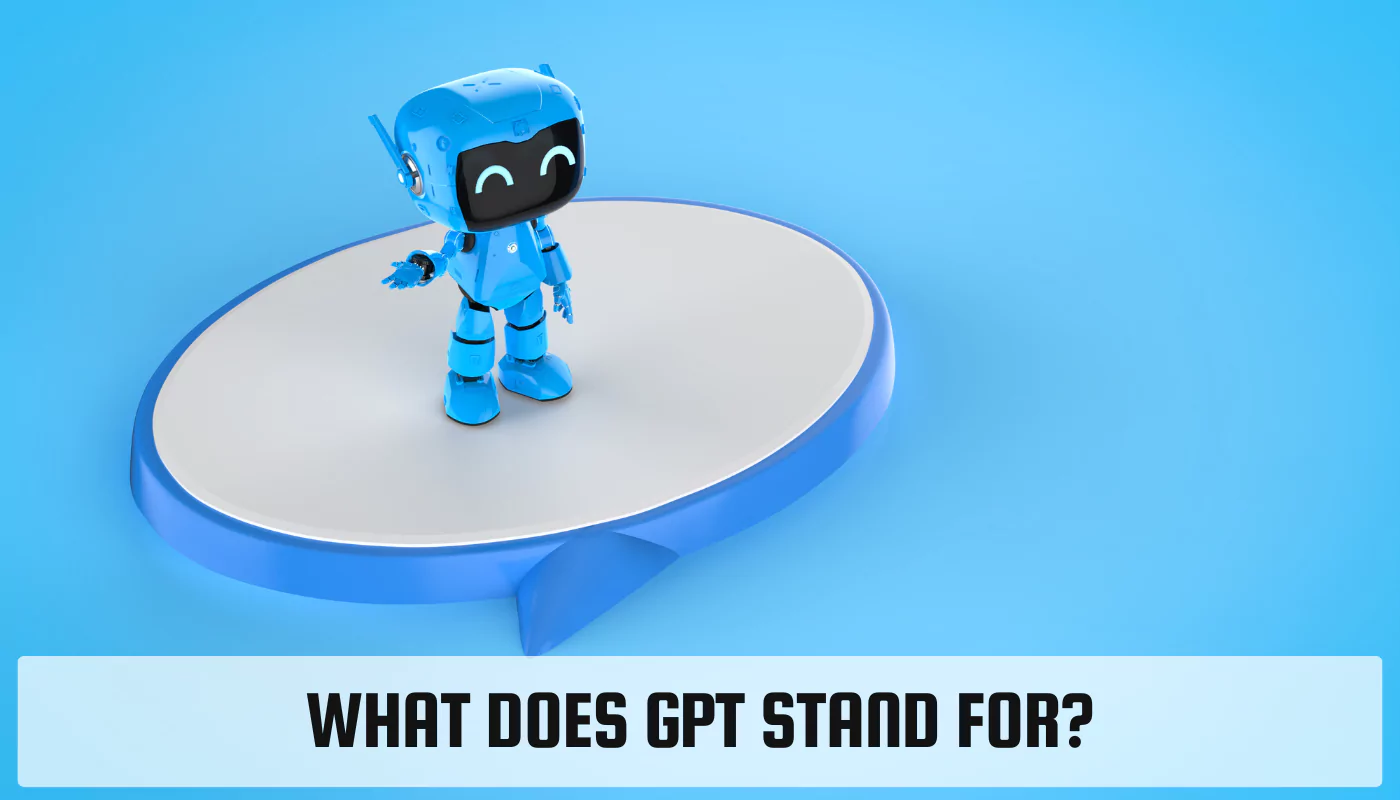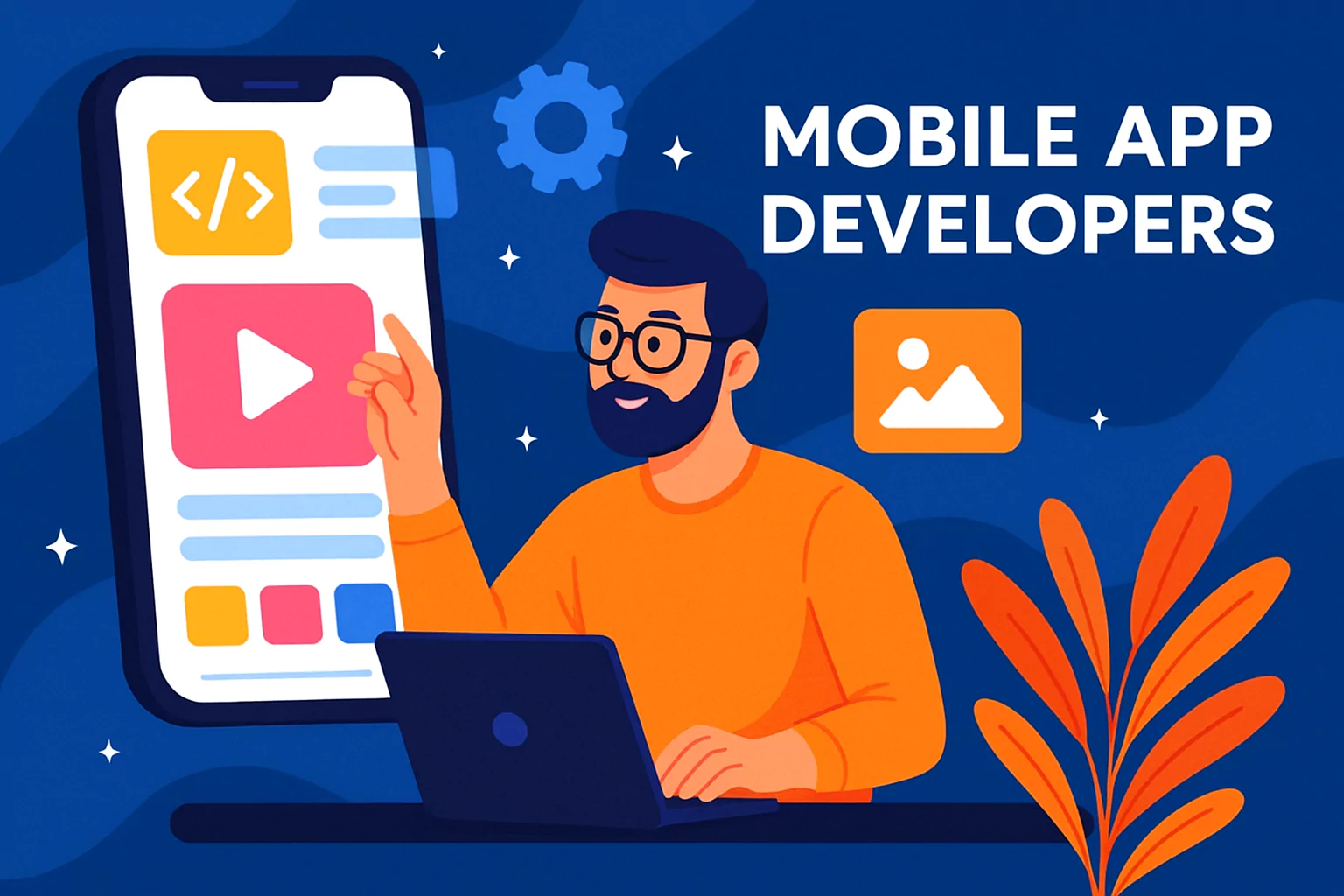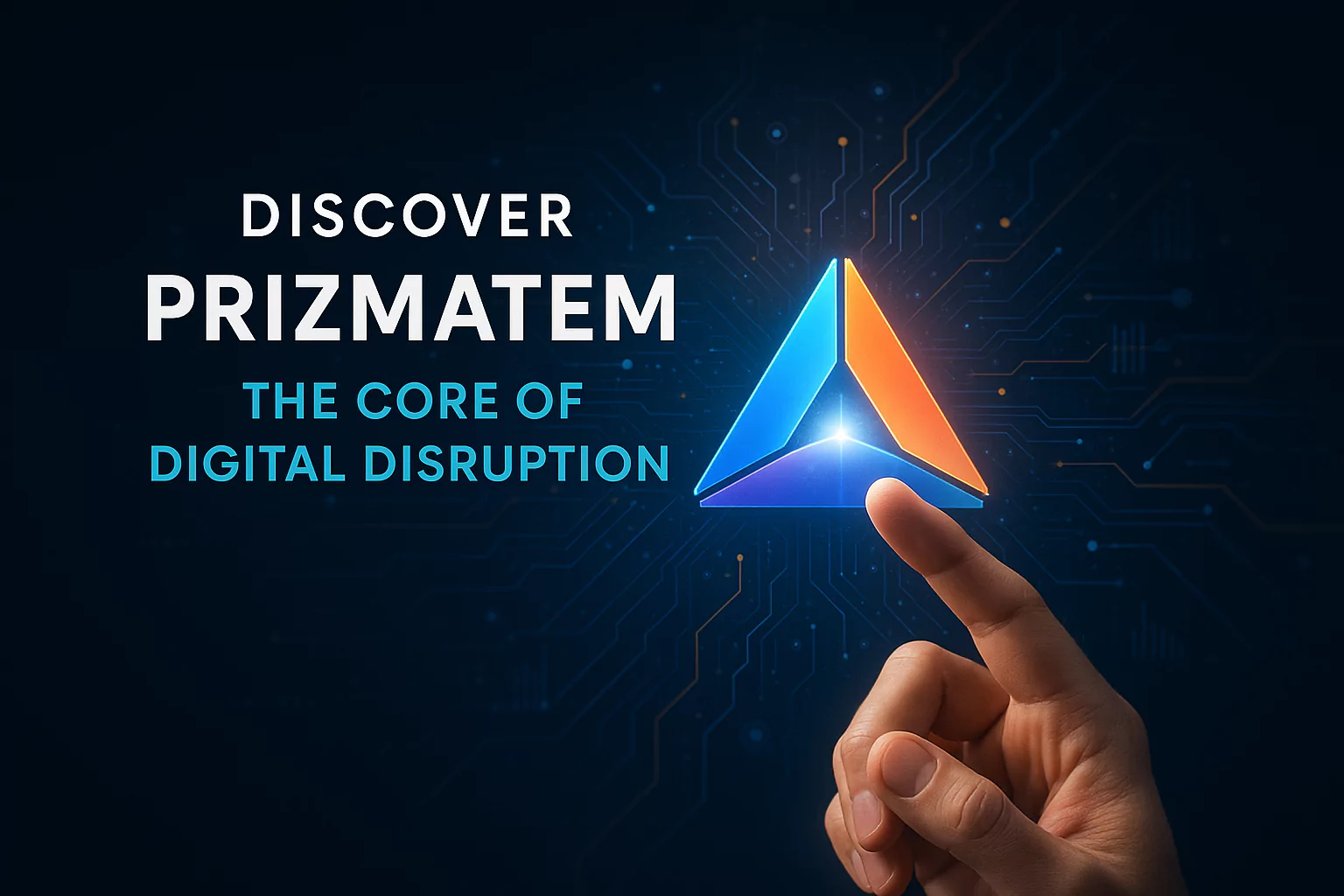What Does GPT Stand For?

GPT stands for Generative Pre-trained Transformer. It is a type of artificial intelligence model that has revolutionized the field of natural language processing (NLP). GPT models are known for their ability to generate human-like text based on the input they receive. They have a wide range of applications, from chatbots to content creation.
Breaking Down the Acronym
Generative: Generative AI refers to models that can create new content. These models learn patterns from existing data and use this knowledge to generate new, similar content. For example, GPT can write essays, create poems, or even generate code.
Pre-trained: Pre-training is a crucial step in developing AI models. During pre-training, the model learns from a large dataset. This process helps the model understand language patterns, grammar, and context. After pre-training, the model is fine-tuned on a smaller, specific dataset to improve its performance on particular tasks.
Transformer: The transformer architecture is the backbone of GPT models. Transformers use a mechanism called attention, which allows the model to focus on different parts of the input text. This architecture enables the model to understand context and relationships between words better than previous models.
History and Evolution of GPT
Initial Developments: The concept of transformers was introduced in a 2017 paper by Vaswani et al. This paper laid the foundation for the development of GPT models.
GPT-1: The first version of GPT was released by OpenAI in 2018. It had 117 million parameters and demonstrated the potential of generative models in NLP tasks.
GPT-2: Released in 2019, GPT-2 had 1.5 billion parameters. It showed significant improvements over GPT-1, generating more coherent and contextually relevant text. However, its release was initially limited due to concerns about misuse.
GPT-3: Launched in 2020, GPT-3 has 175 billion parameters. It can perform a wide range of tasks with minimal fine-tuning, making it one of the most powerful language models to date. GPT-3’s capabilities include translation, question-answering, and even generating creative content.
GPT-4: The latest version, GPT-4, continues to build on its predecessors. It offers improved performance, better understanding of context, and more accurate text generation. GPT-4 is expected to have even more applications in various industries.
How GPT Works
Training Process: GPT models undergo two main stages: pre-training and fine-tuning. During pre-training, the model learns from a vast dataset, understanding language patterns and context. Fine-tuning involves training the model on a smaller, specific dataset to enhance its performance on particular tasks.
Architecture: The transformer model uses attention mechanisms to process input text. This allows the model to focus on different parts of the text, understanding context and relationships between words. The architecture consists of multiple layers, each contributing to the model’s ability to generate coherent text.
Capabilities: GPT models can perform various tasks, such as text generation, summarization, and translation. They can write essays, create poems, generate code, and even engage in meaningful conversations. Their versatility makes them valuable tools in many fields.
Applications of GPT
Natural Language Processing (NLP): GPT models are widely used in NLP tasks. They power chatbots, virtual assistants, and language translation services. Their ability to understand and generate human-like text makes them ideal for these applications.
Content Creation: GPT models can generate articles, stories, and other written content. They help writers by providing ideas, drafting content, and even editing text. This makes content creation faster and more efficient.
Other Industries: GPT models have applications in various industries, including finance and healthcare. In finance, they can analyze market trends and generate reports. In healthcare, they assist in medical research and patient communication.
Ethical Considerations
Bias and Fairness: GPT models can inherit biases from the data they are trained on. Addressing these biases is crucial to ensure fair and unbiased AI systems. Researchers are working on methods to reduce biases in GPT models.
Misuse and Security: The powerful capabilities of GPT models raise concerns about misuse. They can generate fake news, spam, and other harmful content. Ensuring the responsible use of GPT models is essential to prevent misuse.
Regulation and Guidelines: Governments and organizations are developing regulations and guidelines for AI models. These regulations aim to ensure the ethical use of AI and protect users from potential harm.
Conclusion
GPT stands for Generative Pre-trained Transformer. It is a powerful AI model that has transformed natural language processing. From generating text to powering chatbots, GPT models have a wide range of applications. However, ethical considerations, such as bias and misuse, must be addressed to ensure the responsible use of these models.
FAQs
Q1: What is GPT?
A: GPT stands for Generative Pre-trained Transformer, an AI model used for natural language processing.
Q2: What are the main components of GPT?
A: GPT consists of generative AI, pre-training, and transformer architecture.
Q3: How does GPT generate text?
A: GPT uses a transformer model with attention mechanisms to understand context and generate coherent text.
Q4: What are some applications of GPT?
A: GPT is used in chatbots, content creation, language translation, finance, and healthcare.
Q5: What are the ethical concerns related to GPT?
A: Ethical concerns include bias, misuse, and the need for regulations to ensure responsible use.









